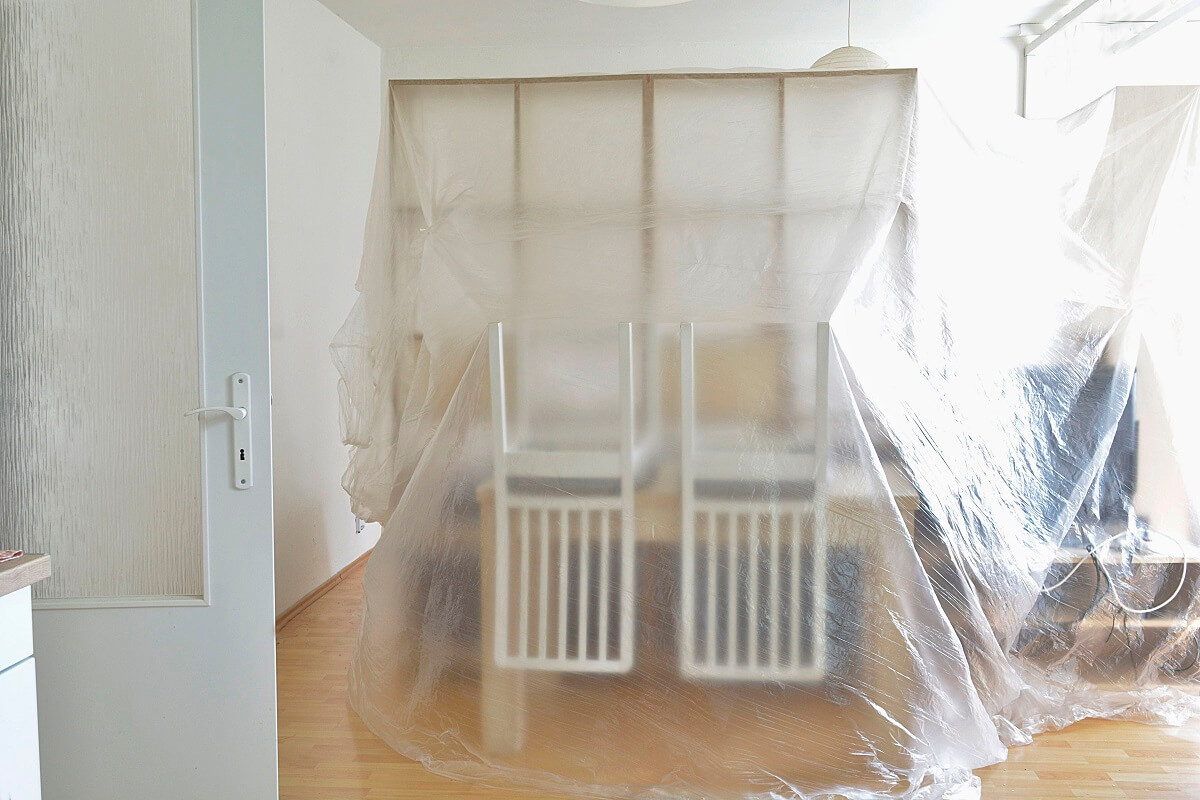
Your friends at AJ Cochrane & Sons are on their way for the interior paint job for your Perth home! But what can you do to prepare?
Stephen’s Expert Advice: You’ve done the right thing by calling in the professionals – we’ll make sure that you get that perfect finish. But in order for us to do an efficient and clean job, we need your help. My advice is to clear up and clean up the room we are painting so that we can freely work around the area. This is all about keeping you, your family and your furniture safe!
While we will do all the hard work for you, here are five essential steps that you can take to assist your professional painters to achieve the very best results.
1. Remove fragile items and electronics from the room
Unplug your electronic items such as televisions, game consoles, lights, modems, and any electronic devices. Removing them from the room and storing them safely means you save valuable time when the painters are ready to work. Removing fragile items before moving furniture also means that your favourite vase or special occasion dinner set stays in one piece.
2. Move furniture to the centre of the room
Professional interior painters will use drop sheets to protect your flooring and furniture. However, having it all furniture together in the centre of the room will further protect it. This not only gives painters the ability to move freely and set up ladders if required, it means that they can walk in and get started straight away.
3. Remove wall hangings, window treatments, and light covers
Precious framed photographs and art that cannot be replaced are worth protecting during interior house painting. Removing these yourself and storing them away from the dust and paint will ensure they are ready to be re-hung when the painting is complete.
While we always take the utmost care during any interior painting job, we also recommend removing window treatments, especially if you are having the window frames painted. Removing these and having the room ready to be painted will give you peace of mind and protect your blinds and curtains. Removing the hardware is a great idea and storing it with the treatments is best. There is no need to fix the holes left. We can either leave them so your window treatments can be re-hung or fix them as part of the service.

4. Vacuum and dust the rooms
Vacuuming and dusting the room before beginning interior painting means that any residual dust has settled and won’t end up on your freshly washed or painted walls.
5. Prepare kids and pets for the painters’ attendance
Having a plan to keep your pets and children out of the room while the painters are working and while the paint dries will save you from trying to keep curious fingers clean and glossy surfaces fingerprint and fur-free. If you can, even designating a bathroom for the painters is a helpful plan and will eliminate traffic into areas you may want to use yourself without interruption.
While most modern paints don’t have the powerful offensive odour of paints in previous eras, some people can be sensitive to the odour. Make sure that you can ventilate by keeping air flowing through the house – ideally keeping windows and doors open without letting mischievous pets or curious children into the rooms.
Professional, hassle-free interior house painting
At AJ Cochrane, we know the paints we are using intimately. Our vast knowledge of interior house painting has been gained with decades of experience and meticulous attention to detail. As a result, our interior house painters in Perth provide maximum skill for a perfect finish with minimal interruption to your home and with the greatest respect for your personal belongings.
